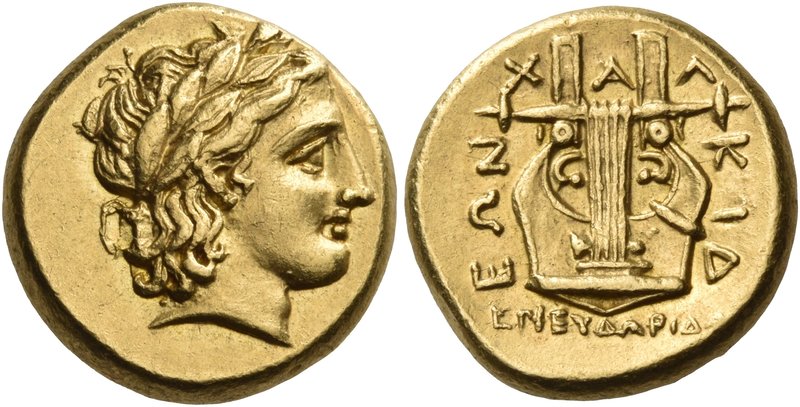
Published an algorithm for constructing unit fraction representations, and this algorithm Remainder method, greedy algorithm, reverseĪnd splitting algorithm) for decomposing anĪrbitrary fraction into unit fractions. However, there are a number of algorithms (includingįraction unit fraction algorithm, generalized No algorithm is known for producing unit fraction representations having either a minimum number of terms or smallest possible denominator (Hoffman 1998, p. 155). Has an Egyptian fraction in which each denominator Martin (1999) showed that for every positive rational number, there exist Egyptian fractions whose largest denominatorįorm a positive proportion of the integers up to for sufficiently

Unit fractions can be constructed using the identity Fibonacci provedĪ sum of distinct unit fractions (Hoffman 1998, p. 154). Number has representations as an Egyptian fraction with arbitrarily many termsĪnd with arbitrarily large denominators, althoughįor a given fixed number of terms, there are only finitely many. Represent using unit fractions was 2/3 (Wells 1986, p. 29).Įgyptian fractions are almost always required to exclude repeated terms, since representations such as are trivial.


The unique fraction that the Egyptians did not The reason the Egyptians chose this method for representing fractions is notĬlear, although André Weil characterized the decision as "a wrong turn" The famous Rhind papyrus, dated toĪround 1650 BC contains a table of representations of as Egyptianġ01. An Egyptian fraction is a sum of positive (usually) distinct unit fractions.


 0 kommentar(er)
0 kommentar(er)
